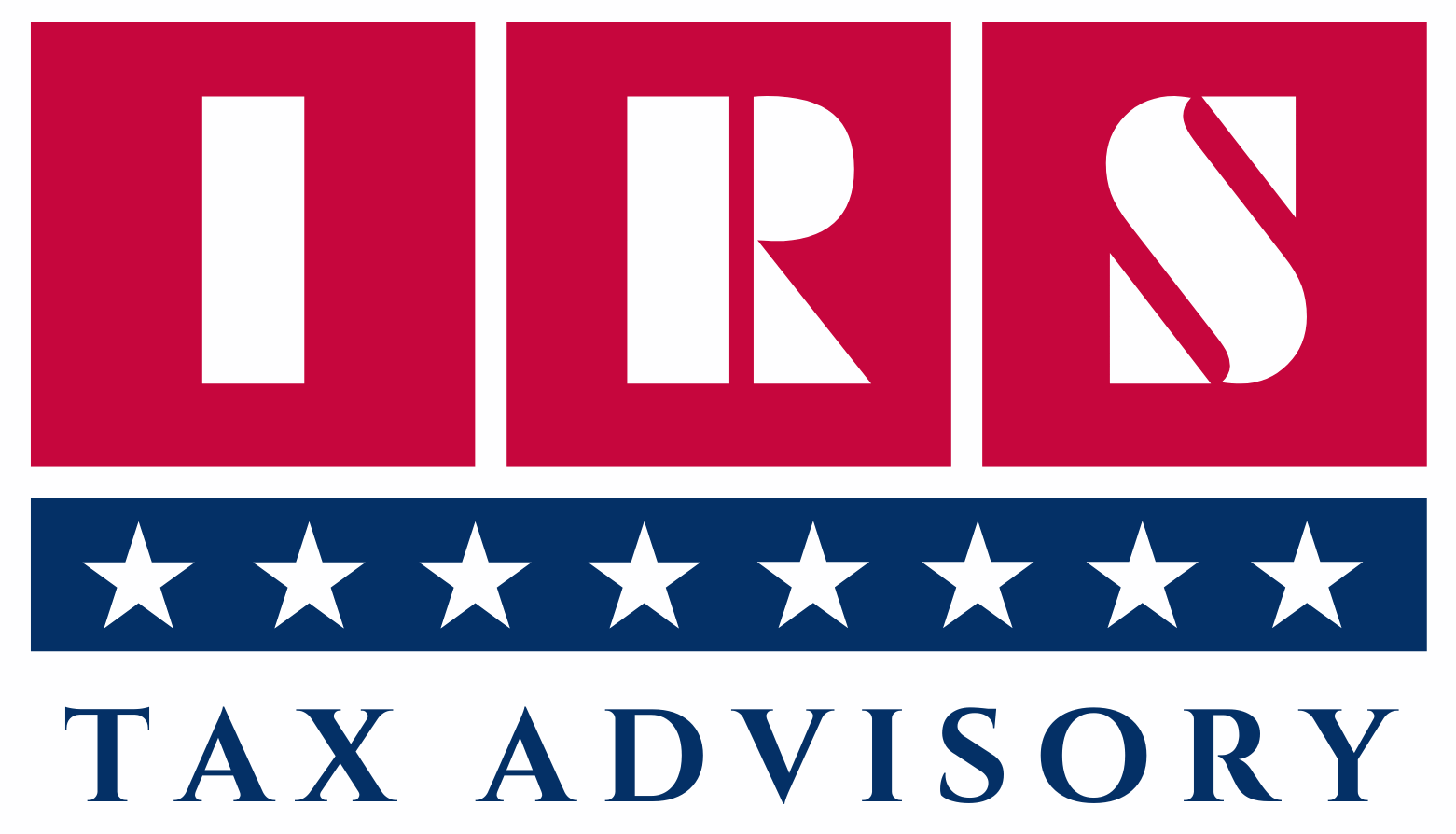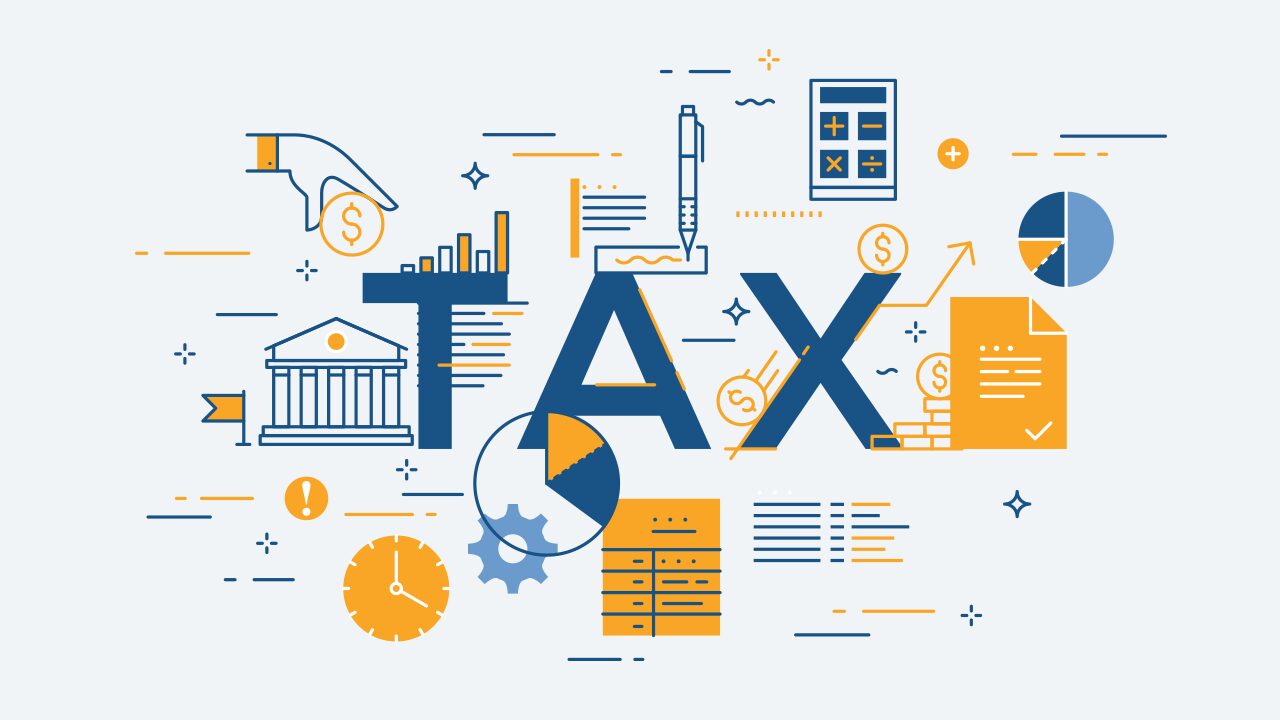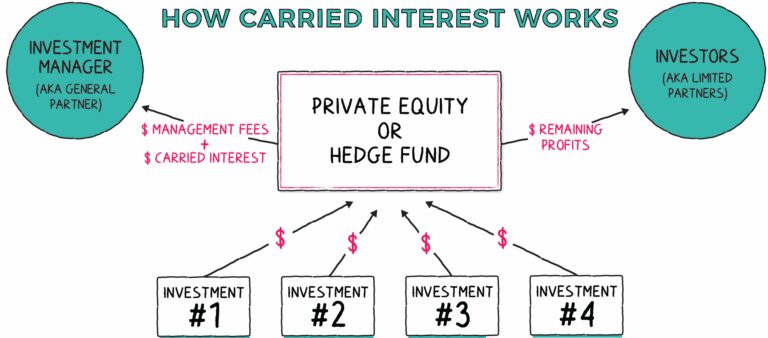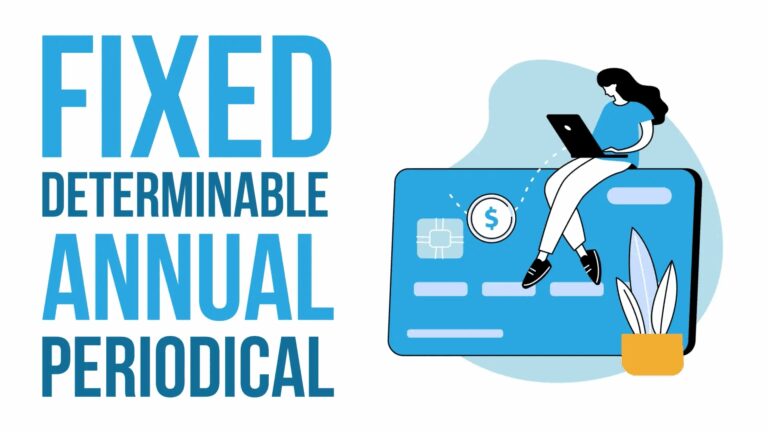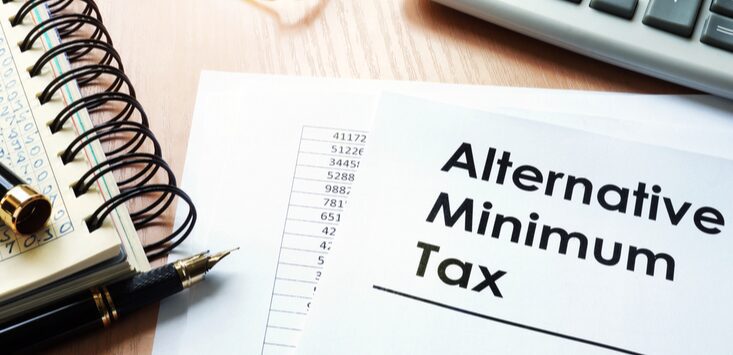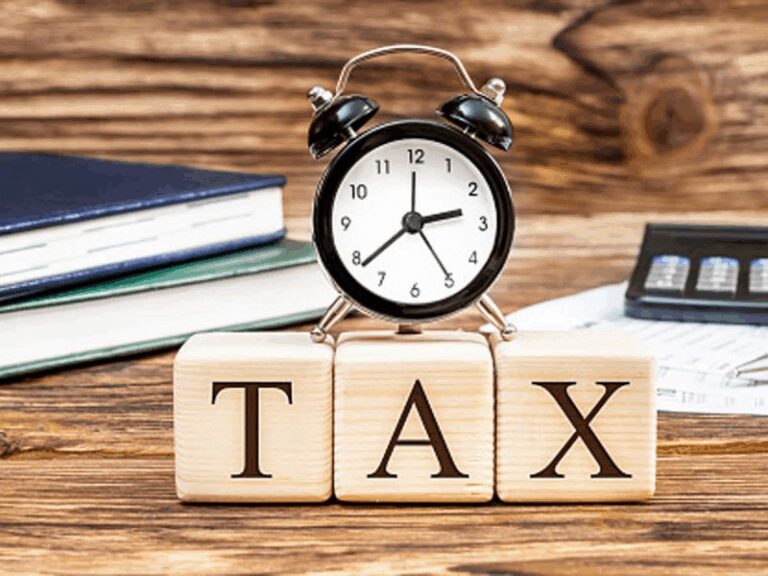Producer Price Index VS Consumer Price Index- Best Comparison In 2025
Table of Contents
A Brief Differenciation: Producer Price Index VS Consumer Price Index
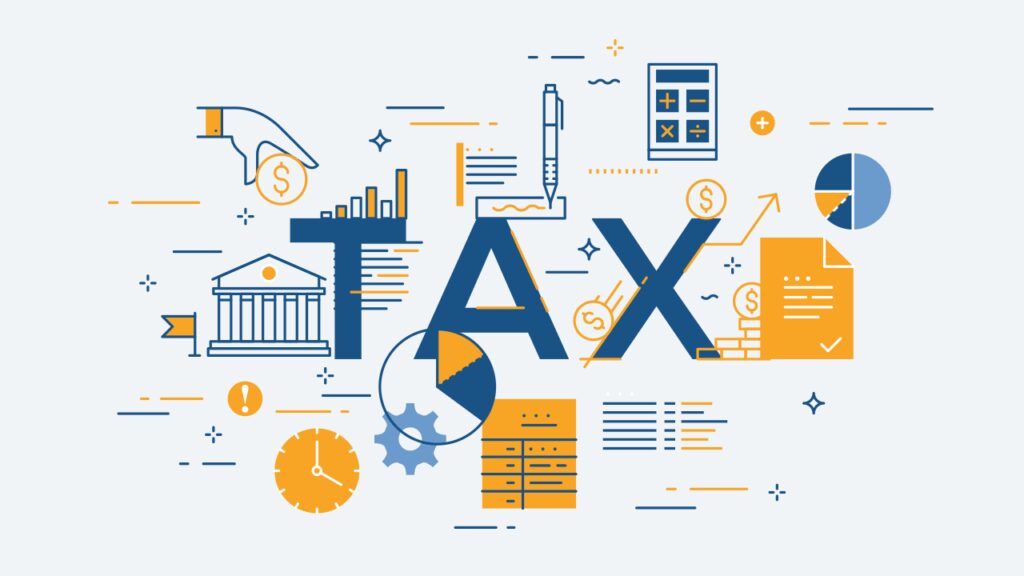
In this guide we will covering the topic namely Producer Price Index VS Consumer Price Index Inflation is not a single-dimensional concept—it evolves across different stages of the economy. Two of the most widely referenced metrics used to track price changes are the Consumer Price Index (CPI) and the Producer Price Index (PPI). While both measure inflation, they do so from very different perspectives. Understanding the distinctions, relationships, and implications of these two indexes is key for consumers, businesses, economists, and policymakers alike.
What Is CPI?
The Consumer Price Index (CPI) reflects the retail price changes experienced by consumers for a broad set of goods and services. Published by the Bureau of Labor Statistics (BLS), it serves as the primary barometer for assessing the cost of living. CPI includes common household expenses such as:
- Food and beverages
- Housing (including rent)
- Clothing
- Transportation (like gas and fares)
- Medical care
- Education and communication
- Recreation and entertainment
- Personal care and other services
The CPI is calculated by tracking the monthly price changes of this fixed basket in urban areas. It’s designed to capture how inflation directly affects ordinary households, making it the foundation for cost-of-living adjustments (COLAs) in Social Security, wage contracts, pensions, and even tax brackets.
What Is PPI?
The Producer Price Index (PPI) measures the average change in prices received by domestic producers for their goods and services over time. Unlike CPI, which focuses on final retail prices, PPI looks at prices at the wholesale or manufacturing level—before products even reach the consumer.
PPI covers
- Raw materials (e.g., lumber, crude oil, metals)
- Intermediate goods (e.g., steel beams, textile yarn, packaging)
- Final demand goods and services (excluding retail markup)
Also calculated by the BLS, PPI is essential for understanding supply-side inflation—how rising production costs may eventually translate into higher consumer prices. PPI is frequently used by manufacturers, wholesalers, government agencies, and investors for cost forecasting, contract adjustments, and inflationary risk analysis.
Key Differences Between CPI and PPI
Although both the Consumer Price Index (CPI) and the Producer Price Index (PPI) measure inflation, they do so from entirely different points within the economy. Each index offers a unique lens for evaluating price trends, making it essential to understand their differences in purpose, scope, coverage, and impact.
1. Perspective in the Price Chain
- CPI (Consumer Price Index) measures inflation at the consumer level. It captures the prices that households actually pay for goods and services at the point of purchase (retail level).
- PPI (Producer Price Index) measures inflation at the producer level, i.e., the prices producers receive for their goods and services before they reach the consumer (wholesale/manufacturing level).
Explanation
Think of CPI as the retail sticker price, while PPI is the factory gate price. For instance, CPI tracks how much you pay for a loaf of bread at the grocery store, while PPI records how much the bakery paid for flour and wheat.
2. Composition of the Basket
- CPI includes a broad basket of goods and services that reflects what typical urban consumers spend money on, including:
- Food and beverages
- Rent and housing
- Medical care
- Transportation
- Education
- Recreation
- Clothing and personal care
- PPI, in contrast, focuses mainly on goods (and to a lesser extent, business services) purchased by businesses, such as:
- Raw materials (e.g., crude oil, cotton)
- Intermediate goods (e.g., lumber, paper, steel)
- Capital equipment (e.g., machinery)
- Limited services (e.g., trucking, warehousing)
Explanation
While CPI tracks final consumption, PPI captures production input costs, making it a critical tool for monitoring supply chain inflation.
3. Inflation Timing and Behaviour
- CPI is a lagging indicator—it tells us how much consumers are already paying due to inflation.
- PPI is a leading indicator—it detects upstream price changes that may eventually affect consumer prices.
Explanation
If the PPI shows a significant increase in the cost of raw materials (e.g., oil or wheat), you can expect future increases in CPI as those costs are passed on to consumers.
4. Who Uses It and Why
- CPI is used primarily by:
- Consumers and workers (to understand changes in cost of living)
- Social Security Administration (for COLAs)
- IRS (to adjust tax brackets and deductions)
- Policymakers and the Federal Reserve (to guide monetary policy)
- PPI is used mainly by:
- Manufacturers and businesses (to adjust prices, forecast production costs)
- Economists (to assess supply-side inflation)
- Contract negotiators (to adjust long-term pricing contracts)
Explanation
CPI affects personal finance and public policy, while PPI influences business decisions and supply chain management.
5. Service vs Goods Focus
- CPI places significant emphasis on services, which make up more than 60% of consumer expenditures in the U.S.
- PPI is more goods-heavy and includes fewer services (mostly those tied to B2B transactions like freight, finance, or warehousing).
Explanation
CPI captures the broadest scope of economic inflation by including services like healthcare and education—PPI is more targeted toward production and logistics.
6. Tax and Policy Adjustments
- CPI directly influences:
- Income tax brackets
- Social Security benefits
- Federal poverty guidelines
- Wages and labor contracts
- PPI is primarily used in:
- Business contracts (e.g., price escalation clauses)
- Economic modeling
- Forecasting inflation before it reaches the consumer
Explanation
CPI affects individuals and government programs, while PPI is crucial for private sector planning.
7. Index Types and Variants
| Index | Main Variant | Description |
| CPI | CPI-U (All Urban Consumers) | Covers ~93% of the U.S. population |
| PPI | PPI-FD (Final Demand) | Reflects producer prices for goods and services sold for final use |
Explanation
CPI-U is the most cited measure for adjusting benefits and measuring inflation. PPI-FD gives a clearer picture of overall production cost pressures in the economy.
Real-Life Scenario: How PPI Affects CPI
Understanding the relationship between the Producer Price Index (PPI) and the Consumer Price Index (CPI) is essential to grasp how inflation begins in the production pipeline and eventually impacts the consumer’s wallet. Here’s a real-world scenario that demonstrates this cause-and-effect relationship.
Step 1: Surge in Raw Material Costs (PPI Impact Begins)
Let’s say the global market faces a sharp increase in the cost of crude oil due to geopolitical tensions in the Middle East. As a result:
- The price of crude oil per barrel rises by 20%.
- Refineries have to pay more to process this crude into gasoline, diesel, plastics, and synthetic materials.
- Transportation and manufacturing companies that rely heavily on fuel begin to experience rising input costs.
These increases are immediately reflected in the PPI, which records a jump in prices received by domestic producers in sectors such as energy, transportation, chemicals, and logistics.
Step 2: Rising Costs for Producers and Manufacturers
As input costs rise, businesses such as:
- Plastic container manufacturers
- Freight and logistics providers
- Food processors
- Consumer goods companies
… begin facing higher production and operational expenses. For example, a cereal manufacturer now pays more for:
- Plastic packaging (made from petroleum)
- Transportation of raw materials and finished goods
- Machinery lubricants and energy costs at its factories
To preserve profit margins, these businesses pass on those costs by increasing the prices of their goods.
Step 3: Retailers Raise Consumer Prices (CPI Impact)
Over the following weeks or months, these higher producer costs make their way down the supply chain:
- Grocery stores start charging $0.30 more for a box of cereal.
- Gas stations increase the per-gallon price of fuel by $0.25.
- Delivery services add fuel surcharges to their shipping fees.
- Clothing brands raise prices due to higher transportation and synthetic textile costs.
These increases are captured in the CPI, which measures how much more consumers are now paying for everyday goods and services.
Step 4: CPI Reflects the Delayed Effect of PPI
The Consumer Price Index rises the following month, reflecting:
- A 4% increase in transportation costs
- A 3% rise in food-at-home prices
- An overall CPI jump of 0.6% for the month
These price hikes are a direct result of the upstream inflation recorded earlier by the PPI.
Visualization of the Flow
↑ Crude Oil Prices
↓
↑ PPI (Producers pay more for inputs)
↓
↑ Manufacturing & Transportation Costs
↓
↑ Retail Prices
↓
↑ CPI (Consumers pay more for end products)
Key Insight
While PPI reflects the cost pressure on producers, CPI shows the ultimate cost burden on consumers. A rise in PPI often precedes a rise in CPI, acting as a predictive signal for consumer-level inflation.
Businesses use PPI trends to forecast future pricing strategies, and policymakers monitor both indices to assess when inflation may require interest rate hikes or policy adjustments.
Summary Takeaway
- PPI → Early signal of inflation
- CPI → Final impact on households
- The lag time between PPI and CPI allows governments, investors, and businesses to plan and react before inflation fully reaches consumers.
Summary Table: Key Differences
| Feature | CPI (Consumer Price Index) | PPI (Producer Price Index) |
| Focus | Retail prices paid by consumers | Wholesale prices received by producers |
| Stage in Supply Chain | End-point (final sale) | Early-stage (production or wholesale) |
| Includes Services? | Yes (broadly) | Limited (mainly business-related) |
| Inflation Type Measured | Cost of living | Cost of production |
| Indicator Type | Lagging | Leading |
| Used By | Consumers, policymakers, IRS, SSA | Businesses, manufacturers, economists |
| Adjustment Role | Tax brackets, Social Security COLA | Contract pricing, business forecasting |
Summary
Understanding the nuanced differences between CPI and PPI is essential for interpreting inflation accurately:
- CPI tells the story of how inflation impacts consumers. It reflects rising grocery bills, rent, healthcare costs, and transportation expenses.
- PPI reveals how inflation is born within the production system. It shows cost shifts for raw materials, factory goods, and supply chain inputs—well before they affect retail prices.
By tracking both CPI and PPI, economists, investors, and policymakers gain a full-spectrum view of inflationary pressure, helping shape interest rates, policy responses, and business decisions.
Conclusion
While the CPI shows how inflation impacts the everyday consumer, the PPI provides early warning signs of inflation bubbling within the production pipeline. Together, these indices offer a comprehensive view of inflationary dynamics, from factory gate to checkout counter. For economists, investors, and policymakers, tracking both is essential for making timely decisions, managing risks, and ensuring economic stability.
Frequently Asked Questions (FAQs)
1. What is the main difference between PPI and CPI?
PPI (Producer Price Index) measures the average change in prices received by producers for goods and services at the wholesale or production level.
CPI (Consumer Price Index) tracks the average change in prices paid by consumers at the retail level for a basket of goods and services.
PPI = upstream inflation,
CPI = downstream, consumer-level inflation.
2. Does a rise in PPI always lead to a rise in CPI?
Not always — but often.
PPI can serve as a leading indicator for CPI. If producers face sustained higher input costs, they usually pass those costs to consumers, leading to a rise in CPI. However, supply chain efficiency, pricing power, consumer demand, and competitive pressure may affect how much of the cost gets passed on.
3. How much time typically passes between a rise in PPI and a rise in CPI?
There is no fixed lag, but generally, a change in PPI may begin to reflect in CPI within 1 to 3 months.
The time lag depends on:
- The industry
- Product type
- Inventory cycles
- Contract structures
4. Why is it important to track both PPI and CPI?
Tracking both provides a complete picture of inflation:
- PPI helps predict inflationary pressure before it reaches the consumer.
- CPI confirms how much that inflation has impacted household budgets.
This dual view is essential for businesses, policymakers, and investors to make informed decisions.
5. Who uses CPI and PPI data?
- CPI is used by:
- Consumers
- IRS (to index tax brackets)
- Social Security Administration (to adjust benefits)
- Policymakers (to set monetary policy)
- PPI is used by:
- Manufacturers and businesses
- Economists and analysts
- Contract negotiators (for price adjustment clauses)
6. Are services included in PPI like they are in CPI?
- CPI includes a wide range of services (e.g., rent, healthcare, education, insurance).
- PPI includes fewer services, mainly business-facing services such as transportation, financial services, and warehousing.
7. Can PPI increase while CPI remains flat (or vice versa)?
Yes. For example:
- PPI may rise due to producer input costs, but companies may absorb costs to stay competitive, so CPI remains stable.
- Alternatively, CPI might rise due to supply-demand imbalances (e.g., housing), even if PPI is flat.
8. How are CPI and PPI reported?
- CPI is published monthly by the U.S. Bureau of Labor Statistics (BLS).
- PPI is also published monthly by the BLS under the Producer Price Program.
9. How do CPI and PPI impact the stock market?
- High CPI can lead to fears of reduced consumer spending and interest rate hikes, affecting sectors like retail and housing.
- Rising PPI can hurt corporate profit margins if companies can’t pass on rising costs, affecting manufacturer and producer stocks.
Investors closely watch both as indicators of inflation trends and Federal Reserve actions.
10. Is PPI or CPI more important for inflation tracking?
Both are important:
- PPI is useful for forecasting future CPI trends and monitoring cost-push inflation.
- CPI is the official inflation measure used for economic policy and cost-of-living adjustments.
For central banks and households, CPI holds more weight; for businesses and supply chain analysis, PPI is more critical.
